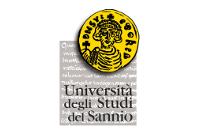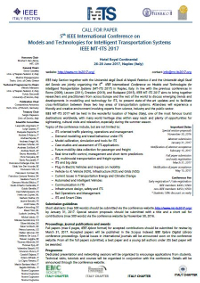SPECIAL SESSION
Biagio Ciuffo, Tomer Toledo, Luigi Pariota
Traffic models in the presence of Autonomous Vehicles
Autonomous and connected vehicles are likely to become an integral part of the traffic stream within the next few years. Their presence is expected to greatly modify travel demands and habits, traffic flow characteristics, traffic safety and related external influences, such as energy consumption, emissions and pollution.
Evaluations of the implications of the presence of these vehicles in the traffic stream on traffic flow as a whole and on externalities are needed. This suggests a need to enhance current traffic modelswith respect to different perspectives. On the one side autonomous and connected vehicles, the algorithms that control and coordinate them, and their interactions with non-autonomous vehicles have to be explicitly considered. On the other the behaviours of human drivers in the presence of these vehicles has to be modelled.In addition, the definition of more proper investigations methods and tools represent itself an open issue.
In a future in which the entire road transport (and not only the vehicles) is autonomous, the enhanced traffic models become a key element in the attempt of optimizing the use of the available road capacity.
The proposed session would focus on requirements, and specific traffic flow models that account of the presence of autonomous and connected vehicles, their specific physical attributes, modes of operation and characteristics of scenarios in which they will operate.




